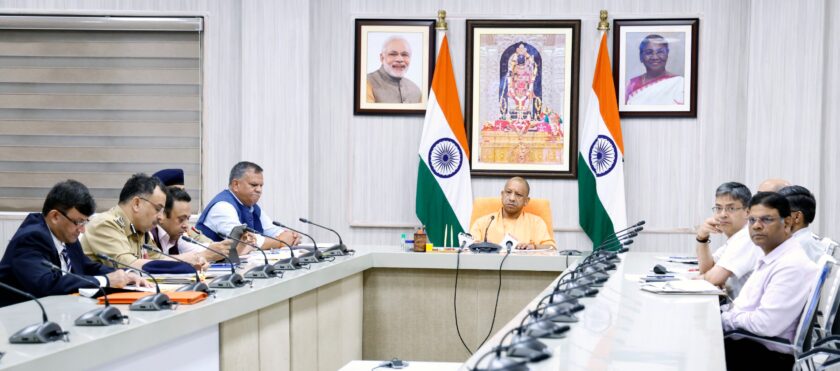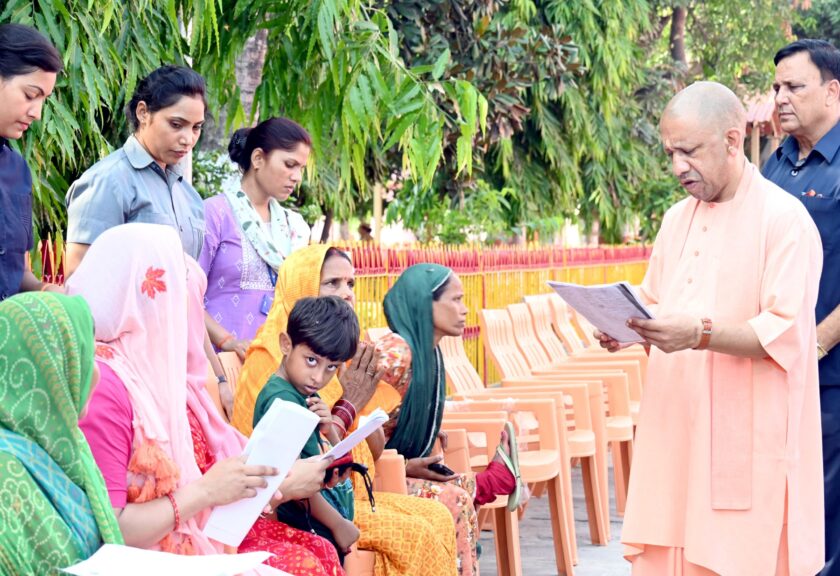Lucknow: Lucknow has etched its name on India’s strategic map with the inauguration of the BrahMos Aerospace Integration and Testing Facility — a modern defense production complex aimed at bolstering India’s self-reliance in military manufacturing. Inaugurated virtually by Defence Minister Rajnath Singh on National Technology Day, the facility is a major achievement under the Uttar Pradesh Defence Industrial Corridor (UPDIC), with Chief Minister Yogi Adityanath and top officials in attendance.
A Game-Changer in Missile Production
Spread over 200 acres of land provided free by the state government and built at a cost of ₹300 crore, the BrahMos facility is equipped to produce 80–100 BrahMos supersonic cruise missiles annually. Future upgrades will support manufacturing 100–150 BrahMos-NG (Next Generation) missiles, which are lighter and designed for deployment from platforms like the Sukhoi-30 fighter jets. These next-gen variants boast enhanced range (over 600 km) and precision, significantly strengthening India’s strike capabilities.
The facility houses cutting-edge systems for missile assembly, integration, and testing. It ensures stringent quality control and operational reliability for one of the world’s fastest cruise missiles. In addition, the inauguration saw the opening of a Titanium and Super Alloys Materials Plant, which manufactures high-grade materials used in defense systems and space missions like Chandrayaan. A Defence Testing Infrastructure System (DTIS) was also launched to serve as a testing and certification hub for defense equipment, rounding out the facility’s multi-dimensional capabilities.
Lucknow: The New Defense Hub
Strategically located near the Purvanchal and Ganga Expressways, the facility promises logistical efficiency. Its establishment is part of a broader plan to position Lucknow as a nucleus of India’s growing defense manufacturing ambitions.
The economic implications are immense. The facility has already created 500 direct jobs and over 1,000 indirect roles in allied industries. With expansion, thousands more skilled and unskilled employment opportunities are expected. This complements the UPDIC’s broader framework across six nodes—Lucknow, Kanpur, Jhansi, Aligarh, Agra, and Chitrakoot—where investment proposals exceeding ₹34,000 crore are in the pipeline, and ₹4,000 crore already realized.
Aerospace firms like Aeroloy Technologies, which has invested ₹320 crore, are adding to the momentum, attracting Tier 1, 2, and 3 suppliers to the region. The corridor also promotes collaboration with institutions like IIT Kanpur and IIT BHU, fostering innovation and skill development in advanced technologies.
Strategic and Symbolic Milestone

The BrahMos missile, jointly developed by India and Russia, is both a strategic deterrent and a symbol of technological sophistication. Defence Minister Rajnath Singh emphasized this during his address, calling the missile “a message of deterrence, capability, and resolve.” He underscored the missile’s role in Operation Sindoor, India’s precision strike in retaliation for a terror attack in Pahalgam. Singh noted the strikes targeted terrorist infrastructure in Pakistan without harming civilians—highlighting India’s military precision and ethical stance.
The facility’s rapid construction in just 40 months was credited to the proactive approach of the Uttar Pradesh government. Singh called it a showcase of the ‘Make in India, Make for the World’ initiative and tied the launch to India’s legacy of technological strength, invoking the 1998 Pokhran nuclear tests conducted under former PM Atal Bihari Vajpayee.
Chief Minister Yogi Adityanath echoed these sentiments, confirming the BrahMos’ use in Operation Sindoor and praising its role in strengthening national defense. He positioned the facility as a catalyst for Uttar Pradesh’s industrial transformation and emphasized its importance in the fight against terrorism. “Ask Pakistan about the missile’s power,” he said, reaffirming the state’s emerging role in India’s defense future.
A Broader Technological Push
DRDO Secretary Sameer V. Kamat emphasized the alignment of the facility with the Aatmanirbhar Bharat vision, while PTC Industries Chairman Sachin Agarwal highlighted the contribution of the materials plant in boosting indigenous capabilities. The synergy between public and private sectors, along with institutional partnerships, is expected to accelerate technological advancement across the region.
Lucknow’s New Identity
The BrahMos facility isn’t just a defense production unit—it is a symbol of Lucknow’s changing identity. Known for its cultural heritage, the city is now also a symbol of cutting-edge defense manufacturing. The facility strengthens India’s strategic deterrence, creates jobs, boosts local industries, and places Uttar Pradesh firmly on the global defense map.





